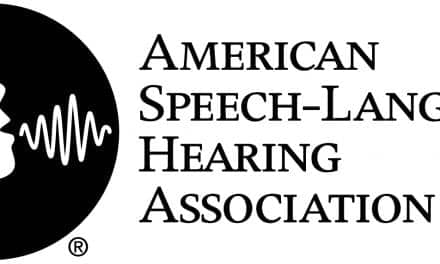November 30, 2007
Acoustic trauma, also known as noise-induced hearing loss, is thought to be a significant contributor of hearing loss for up to one-third of the nation’s 28 million individuals who have a hearing impairment, reports the December 2007 issue of Harvard Men’s Health Watch.
Acoustic trauma most frequently is reported as a result of job-related noise exposure, yet figures indicate hearing damage caused by recreational noise—such as loud music—is catching up. If present trends continue, the condition may someday be known as "iPod ear," according to the consumer newsletter.
A sound’s potential to damage the ear depends on the duration as well as the intensity of the sound and the Occupational Safety and Health Administration offers guidelines for judging harmful conditions: Sounds below 75 decibels (dB) are safe, but eight hours at 85 dB can be harmful. (The sound of a lawnmower or heavy traffic is approximately 90 dB.)
Most often, noise-induced hearing loss is signaled by a subtle difficulty hearing high-frequency tones, then slowly begins to encompass lower tones. Usually, both ears are equally involved. Once hearing is lost, it cannot be restored, and many individuals find the use of a hearing aid necessary to recover hearing function.
The newsletter urges individuals at risk to recognize the warning signs of noise-induced hearing loss, that include ringing or buzzing in ears after being exposed to noise. And if noise exposure makes hearing painful, muffled, blurry, or distant for hours or days, it could indicate significant damage has already occurred.
Harvard Men’s Health Watch provides the following advice: "First and foremost, turn down the volume. For occasional exposures, use disposable ear plugs. If you’re frequently at risk, invest in custom-fitted ear plugs. And for maximum protection, add acoustic earmuffs."
Source: Harvard Men’s Health Watch




